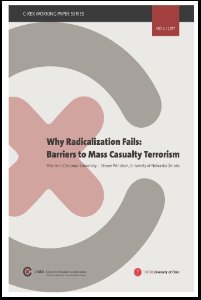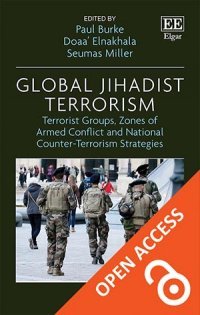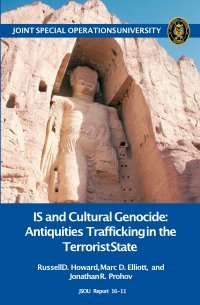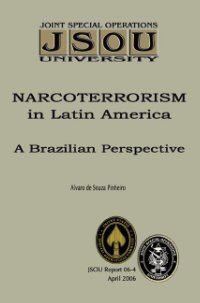By lnternational Crisis Group
What’s new? Nigeria has seen a proliferation of vigilante organisations to fight crime and protect the public. These range from small bands of volunteers in villages and city neighbourhoods to large structures established by state governments. Some have mandates to safeguard particular regions or ethno-religious groups. Why did it happen? New organisations are emerging largely because the federal government and police force are increasingly unable to curb insecurity across the country. Many ethnic groups and communities feel a sense of siege, prompting them to resort to self-defence. Why does it matter? In many parts of the country, vigilante groups are filling security gaps. With poor training and supervision, however, their members are prone to human rights abuses and vulnerable to capture by politicians and other elites. In some cases, their activities could aggravate intercommunal tensions, heightening risks of conflict. What should be done? To provide better security and counter impunity, the federal government should pursue police reform and bolster judicial capacity. Some devolution of policing powers to state and local levels is needed. Federal and state authorities should develop regulations to better manage vigilante groups and risks associated with their operations.
Brussels: International Crisis Group 2022. 35p.





















